Found 41 movies, 9 TV shows, and 2 people
Can't find what you're looking for?
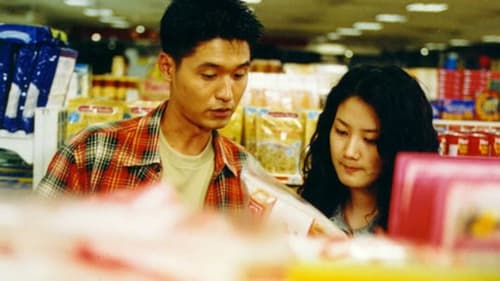
Through a misunderstanding, Chul-su arrives on the doorstep of Chun-hi. Having nowhere else to go, he forces her to allow him to stay until they can contact their mutual friend to solve the problem. Their initial contempt for each other gradually softens.

A short Emmy award-winning animation promoting New York's newly renovated Museum of Modern Art.

Documentary by Ali al ghazouli

Short documentary.
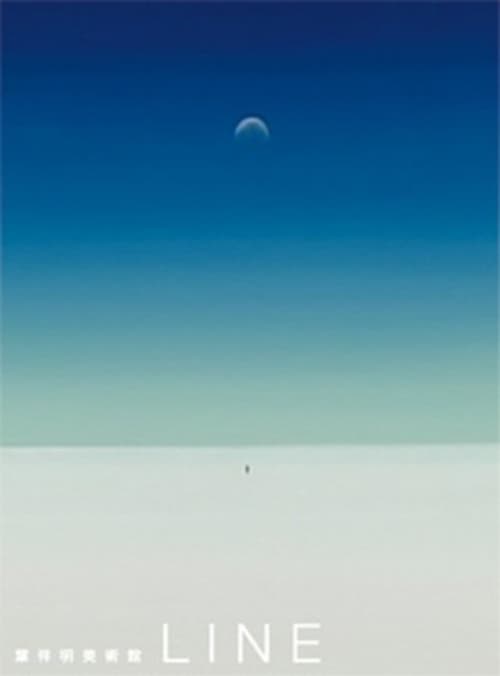
Japanese picture book world of the protagonist, You Shoumei's oil paintings, and author Nakai Nobutomo, they tore out stubbornly this simple composition and sound of the world, "Kaku Nime" production.
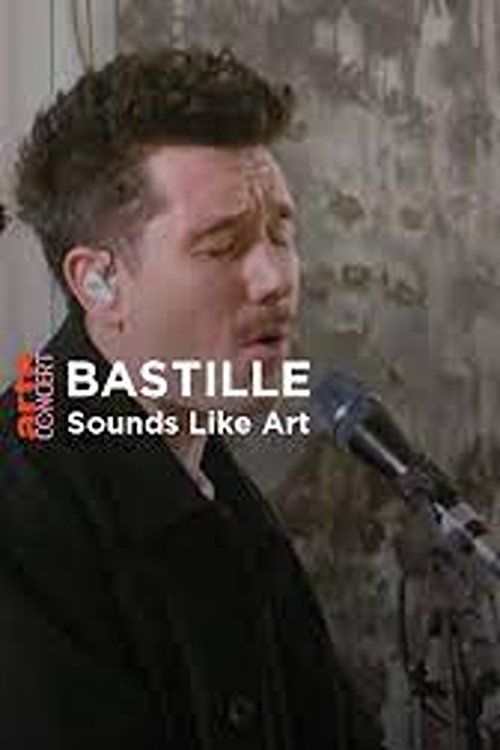
Sounds Like Art invites musicians to play in the midst of works of art in a European museum. In this edition, British pop group Bastille present their new album & at the Turner Contemporary Museum in Margate on the English coast. Lead singer Dan Smith says he is particularly interested in the art of Anya Gallaccio and Antony Gormley.

Umezawa Sutejiro came to Taiwan to work in 1911, and had stayed in Taiwan ever since then. He participated in design and construction of nowadays, to name a few, Songshan Cultural and Creative Park, Law School of Taiwan University, T&L Hsin Chu, Taichung Normal University, Chiayi Art Museum, Tainan Art Museum, Hayashi Department Store. This documentary film is in attempt to draw a finer portraiture of Umezawa by interviewing Umezawa’s grandson, scholars and architects and by focusing on the discourse of Chiayi Art Museum building. It also intends to pay tribute to Umezawa.
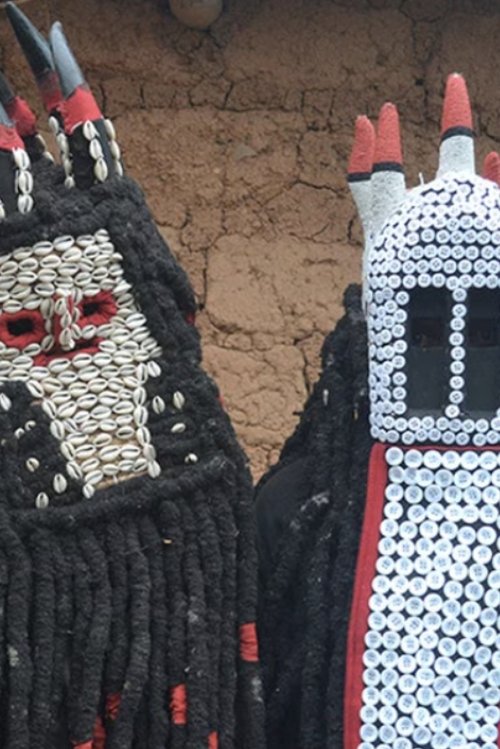
How can art be liberated from the ethnological context of former colonial rulers? The documentary series presents Africa's new museums. The Théodore Monod Museum in Dakar, for example, dates back to the times of French colonial rule in Senegal. Its ethnological collections were once used for research from the perspective of the colonial power. Can the museum reinvent itself?

Vox pops conducted outside Yoko Ono's MOMA show in December 1971.

One of the most extraordinary personalities in the history of moving images, native New Yorker Ken Jacobs, and his wife and long-time creative partner Flo Jacobs, sit down for a series of discussions, reflecting on numerous clips from the many films and performances conjured onto screens since 1955 and through to today. From the antic collaborations with Jack Smith and company as a central artist in the 1960s underground film movement, through later, seminal, ground-breaking formalist works which expanded his recognition by The Museum of Modern Art and other major cultural institutions, to his invention of the Nervous System and the Cyclopean 3D patented Eternalism and remarkable musical collaborations (with JG Thirlwell, Aki Onda, Nisi Jacobs, Michael Schumacher and others) of his recent work, Jacobs demonstrates and articulates his endless fascination and pursuit of exceptional, moving image art.

What makes a masterpiece? In this visually stunning program, the magnificence of America's premier art museum lights up the screen. One of the architectural glories of New York, the Met stretches 1000 feet along 5th Avenue. Inside is a dazzling encyclopedia of world art, radiating 5,000 years of art history from ancient Egypt, Greece and Rome to Europe, African, Asia and the Americas.

His love of Heaven's virtues could not prevent a hunger for God's enticing creatures.

"Art in Our Time: Toward a New MoMA" features a cycle of 'end of century' exhibitions, cumulatively titled 'MoMA 2000', which aim to present the museum's rich collection in a brand new way. Instead of MoMA's famously traditional chronological installation, oriented heavily towards the 'School of Paris', the curators assembled works by themes which offered the public a new approach to the understanding of the art of our time. One aspect of this different approach was to experiment with finding new ways for MoMA to connect more decisively with the art of the present, as the term 'modern' can be construed as the art of the first half of the last century. By masterfully juxtaposing art of the past with art of the present, MoMA has encouraged it's visitors to observe, contemplate and process iconic pieces spanning the last century.

As one of the world’s premier art museums, The Metropolitan Museum of Art is home to the finest collection of Chinese artistic masterpieces of any museum outside of China. The collection spans 5,000 years of changing political dynasties and varying religious and foreign influences and represent every period of Chinese history. One of the most astonishing things about China is how little most Americans actually know about it, even though China’s culture is so present in our western world. We often see China as a nation casting off tradition in a mad rush to westernize. But below the hectic surface lies a steadfast culture that has influenced the West in deep and subtle ways.

Director Laura Hyppönen takes the viewer to a surreal museum where mannequins dressed in sequined dresses come to life.

The Jundt Art Museum has called Gonzaga University home since 1997. The museum’s collection boasts more than 4,000 pieces of art ranging from Andy Warhol to Ansel Adams, from Pablo Picasso to Auguste Rodin, and from Dale Chihuly to Alexander Calder. The museum attracts visitors not just from the Gonzaga community, but from all over the country who travel to see its carefully curated exhibitions. Told through the eyes of the museum’s current director, Paul Manoguerra, this short documentary-style feature explores all that the Jundt Art Museum has to offer, and the importance of art in our society today.

An experimental, AI-driven film which deconstructs art history, recombining artistic movements and eras into an evolving mash-up. The piece serves as an accelerated synopsis of the history of the visual arts, weaving together recognizable imagery into new, emergent forms.

Accompanying video to the exhibition "Chris Burden: A Twenty-Year Survey", Newport Harbor Art Museum, California, USA, 1988. Survey, interviews, etc.
![Museum of Modern Art 100% Speedrun in 20:17 [All Rooms, All Art] [Sub 25] [NEW PB!!!]](https://image.tmdb.org/t/p/w500/A7qSofLoYm8dt4NfgyADO2V7CPO.jpg)
Attempt #8 of my MoMa 100% completion speedruns. Still using the gravity and "how ya doin" metas. Fairly optimized. New personal best time.

In camera edit, one roll of film, a visit with my friend Brian Frye of his favorite museum with the Joseph Cornell pieces and the miniature magic room.

After witnessing a mysterious woman brutally slay a homemaker, prostitute Liz Blake finds herself trapped in a dangerous situation. While the police thinks she is the murderer, the real killer is intent on silencing her only witness.

Lao San is a young veteran high in Kungfu power but low in intelligence. After landing on a job as a body guard for a wealthy antique collector, Lao San finds out his boss's plot to rob the National Art Museum.
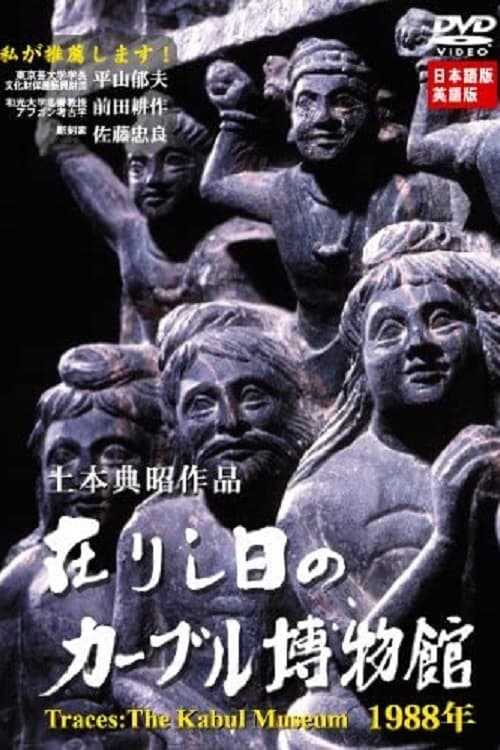
The Kabul National Museum, once known as the "face of Afghanistan," was destroyed in 1993. We filmed the most important cultural treasures of the still-intact museum in 1988: ancient Greco-Roman art and antiquitied of Hellenistic civilization, as well as Buddhist sculpture that was said to have mythology--the art of Gandhara, Bamiyan, and Shotorak among them. After the fall of the Democratic Republic of Afghanistan in 1992, some seventy percent of the contents of the museum was destroyed, stolen, or smuggled overseas to Japan and other countries. The movement to return these items is also touched upon. The footage in this video represents that only film documentation of the Kabul Museum ever made.
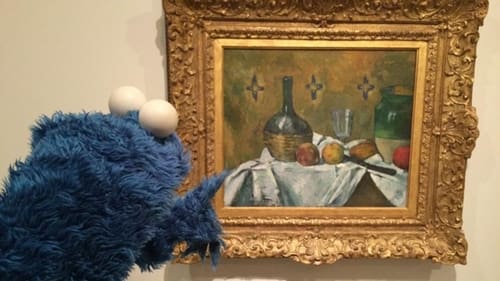
As the Metropolitan Museum of Art closes, Big Bird decides to leave his Sesame Street friends behind in search of Snuffy. Once locked inside for the night, educational hilarity ensues as Big Bird and Snuffy team up to help a small Egyptian boy solve a riddle - as the rest of the cast searches for their big, yellow friend.
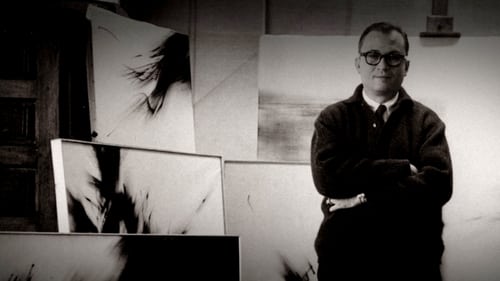
The history of how the Museum of Spanish Abstract Art of Cuenca was created. In the mid-1950s, the Spanish collector and painter Fernando Zóbel de Ayala (1924-84) becomes fascinated by the young generation of Spanish abstract artists, so he begins to collect their works to show them to the public in Toledo. Until Gustavo Torner, a young forest engineer interested in art, proposes him to visit his city, Cuenca.
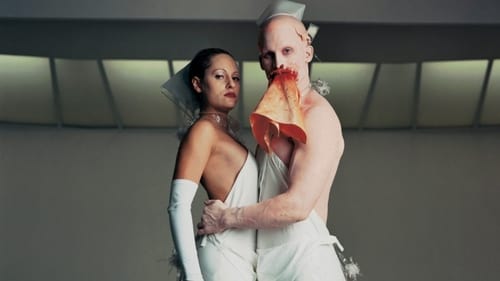
CREMASTER 3 (2002) is set in New York City and narrates the construction of the Chrysler Building, which is in itself a character - host to inner, antagonistic forces at play for access to the process of (spiritual) transcendence. These factions find form in the struggle between Hiram Abiff or the Architect ...

Lucy Jarvis -- the plucky camerawoman known for becoming the first Westerner to film inside communist China -- breaks barriers once again with this exclusive look at the world-famous Musée du Louvre, a place that previously barred access to all filmmakers. Charles Boyer is your host on this personalized tour of the museum's most prized possessions, including works by da Vinci, Michelangelo, Vermeer and Van Eyck.

A prestigious Stockholm museum's chief art curator finds himself in times of both professional and personal crisis as he attempts to set up a controversial new exhibit.

Pepe Le Pew, the eternally amorous skunk, is in Paris, where his stench sends a female cat upward to hit a freshly painted flagpole, which puts a white stripe on her back and causes Pepe to think she also is a skunk. He lustfully pursues her into the Louvre art gallery.

A woman must steal a statue from a Paris museum to help conceal her father's art forgeries.
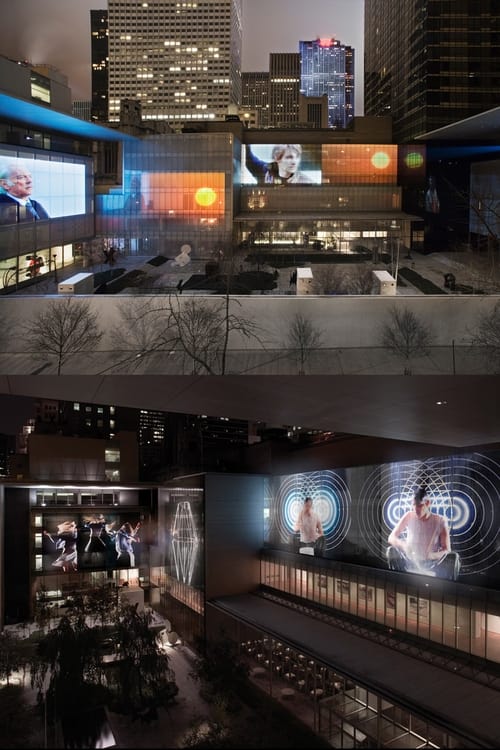
A bike messenger, an electrician, a postal worker, a business man and an office worker make their way through an evening in New York City. A collection of eight large-scale moving images projected on the walls of New York's Museum of Modern Art.
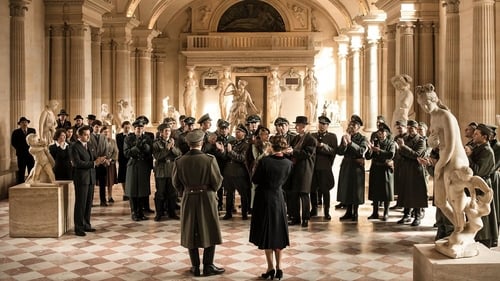
Master filmmaker Alexander Sokurov (Russian Ark) transforms a portrait of the world-renowned museum into a magisterial, centuries-spanning reflection on the relation between art, culture and power.

A follow up to award winning documentary 'Herb & Dorothy', the film captures the ordinary couple's extraordinary gift of art to the nation as they close the door on their life as collectors. When Herb and Dorothy Vogel, a retired postal clerk and librarian, began collecting works of contemporary art in the 1960s, they never imagined it would outgrow their one bedroom Manhattan apartment and spread throughout America. 50 years later, the collection is nearly 5,000 pieces and worth millions. Refusing to sell, the couple launches an unprecedented gift project giving artworks to one museum in all 50 states. The film journeys around the country with the Vogels, meeting artists who are famous or unknown, often controversial, striking today's society with questions about art and its survival.
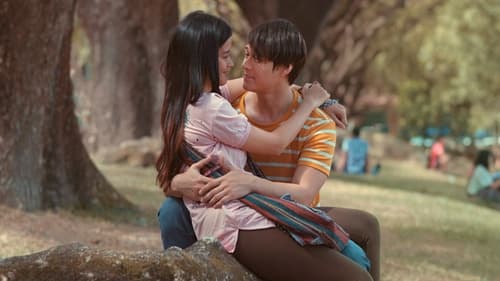
Former college sweethearts Christine and Raf reconnect as adults — reminiscing of their shared past, and revisiting what could've been their future.
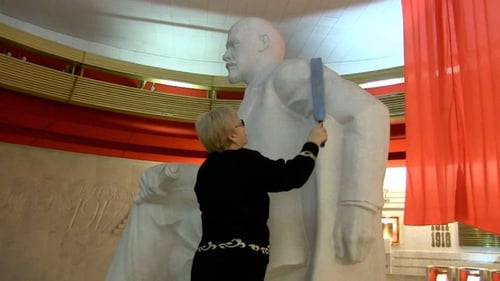
At the peak of Perestroika, in 1987, in the village of Gorki, where Lenin spent his last years, after a long construction, the last and most grandiose museum of the Leader was opened. Soon after the opening, the ideology changed, and the flow of pilgrims gradually dried up. Despite this, the museum still works and the management is looking for ways to attract visitors. Faithful to the Lenin keepers of the museum as they can resist the onset of commercialization. The film tells about the modern life of this amazing museum-reserve and its employees.
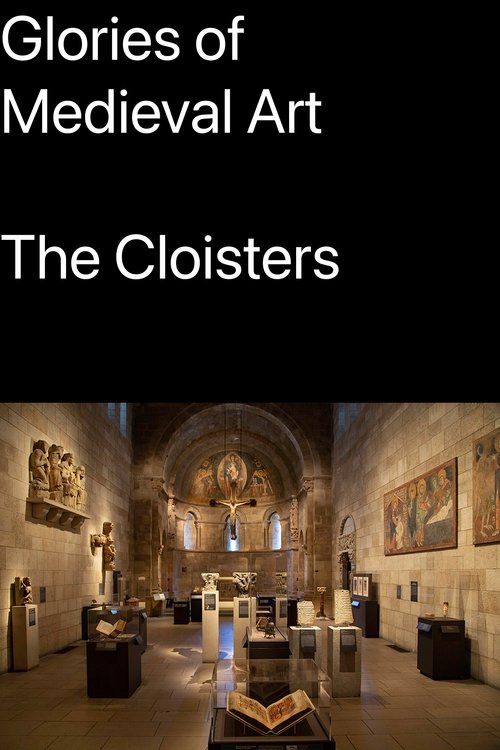
Philippe de Montebello, Director of The Metropolitan Museum of Art from 1977 to 2008, guides viewers through The Cloisters, pointing out Romanesque and Gothic architecture and artwork, beautiful tapestries, and the diverse species in the gardens. He outlines the history of the building and it's many influences and highlights significant works of art in the collection. It was produced in 1989 by The Metropolitan Museum of Art's Office of Film and Television.

Director Agnès Varda and photographer/muralist JR journey through rural France and form an unlikely friendship.

Every night, when the museum closes its doors, the mironins, Blu, Low and Ro, three little drops of paint that live in the paintings created by the Spanish painter Joan Miró (1893-1983), come to life and immerse themselves in an inexhaustible universe where art and imagination reign.

This is an artificial intelligence (AI)-generated film that envisions the Middlesbrough Collection as a sleeping repository of the past and present. Perks and Stewart used the Collection and displays as source material, asking three groups to imagine the dreams of the Collection through creative writing, meditation, observation exercises and karaoke. The resulting material was inputted into ChatGPT to generate a script and then fed into an AI moving image platform, Pictory AI, which translated it into a sequence of moving images from existing databases.

Despite being closed to the public, on Tuesdays at the Louvre Museum in Paris, the day is busier than ever.
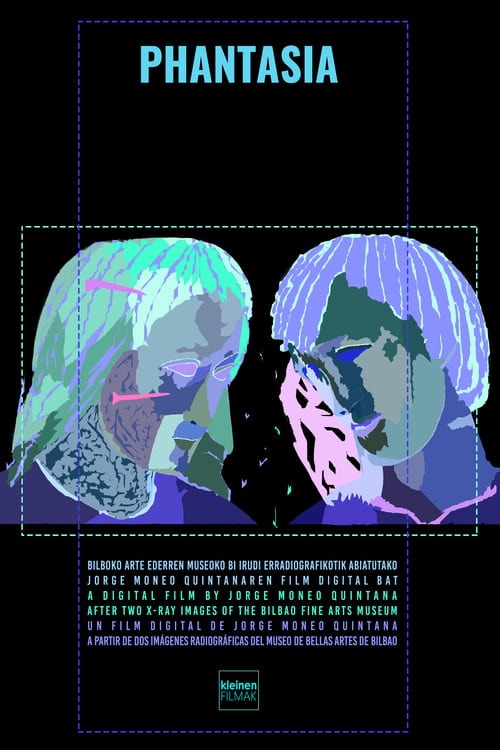
X-ray images were invented in 1895, the same year in which the Lumière brothers presented their respective invention in what today is considered to be the first cinema screening. Thus, both cinema and radiography fall within the scopic regime inaugurated by modernity. The use of X-rays on two sculptures from the Bilbao Fine Arts Museum generates images that reveal certain elements of them that would otherwise be invisible to our eyes. These images, despite being generally created for technical or scientific purposes, seem to produce a certain form of 'photogénie': they lend the radiographed objects a new appearance that lies somewhere between the material and the ethereal, endowing them with a vaporous and spectral quality. It is not by chance that physics and phantasmagoria share the term 'spectrum' in their vocabulary.